Ijraset Journal For Research in Applied Science and Engineering Technology
- Home / Ijraset
- On This Page
- Abstract
- Introduction
- Conclusion
- References
- Copyright
IoT-Based EV Charging & Its Energy Consumption Monitoring System
Authors: Ms. Swati Chorage , Mr. Jayesh Satpute , Mr. Sumit Dhonde, Ms. Trupti Padvi, Prof. Anshu Sharma
DOI Link: https://doi.org/10.22214/ijraset.2023.54334
Certificate: View Certificate
Abstract
We are currently facing problems with a lack of fuel. That\'s why we\'re moving to electric cars. However, people were never ready to love electric cars more than they do now. This is because it costs and there is no place to pay. Although several charging stations are open to the public, it still takes more time to charge a car. In addition, usage is included, and the user cannot get information about electricity usage. Therefore, considering these issues, we can offer smart products that will attract the attention of many businesses. This paper examines the analysis of IoT-based EV charging and monitoring. This project focuses on remote electrical parameters such as electricity, current and frequency and transmits the results of this time and the temperature of the EV charging station over the IOT network using the IOT modem/phone number. Users can send commands based on IoT messages to read remote electronic devices. And the system\'s bill can also periodically (scheduled) send real-time electricity in the form of IOT. [1]
Introduction
I. INTRODUCTION
A. Background
Electric vehicles (EVs) can be classified as either grid- connected or off-grid. Grid-connected EVs rely on an external source of electricity, while off-grid EVs are self- sufficient and generate their own power through various means, such as solar panels or onboard generators. Additionally, EV technology is constantly evolving, with advancements in battery technology and charging infrastructure paving the way for a more sustainable transportation future. EVs for the road, along with other new vehicles such as driverless, connected and shared vehicles, are creating a vision of the future called Connected, Autonomous, Shared and Electric (CASE) mobility. Electric cars first appeared in the 1800s, providing a level of comfort where electricity was one of the attractions of driving. age. The internal combustion engine has been the main way to power cars and trucks for over 100 years, but electricity is still available in other types of vehicles such as trains and cars. In the 21st century, electric vehicles have been revived due to technological advances, a focus on renewable energy and the impact on lowering transportation costs, climate change, air pollution and other environmental concerns. According to Project Drawdown, the electric car is listed as one of 100 modern solutions to mitigate climate change. In the late 2000s, governments including the US and EU first offered incentives to increase adoption, leading to auto industry growth in the 2010s. Increasing public interest and awareness, coupled with strong incentives such as those created in the eco-friendly recovery from the COVID-19 pandemic, is expected to fuel the growth of the EV market. [1] Lockdowns have reduced greenhouse gas emissions from petrol or diesel vehicles during the COVID-19 pandemic. In 2021, the International Energy Agency emphasized that governments should implement policies that support the use of heavy-duty electric vehicles to meet climate goals. Global EV sales are expected to grow from 2 percent in 2016 to 30 percent by 2030.
There are more electric two- and three-wheeled vehicles than any other type of electric vehicle. Electric vehicles are partially electric or fully electric. The growth of electric vehicles can be attributed to their environmental friendliness and low cost. Electric cars are powered by an electric motor powered by a lithium-ion battery. These batteries are known for their stable power and long-lasting performance compared to other battery types.
B. Necessity
The first thing about an EV is not leaving any carbon footprints. Unlike an internal combustion engine that burns fuel to power the vehicle, the electric vehicle uses a battery to power the electric motor to turn the wheel, and using electricity to move a car does not release any harmful gases from the exhaust.[1] However, it indirectly contributes to environmental pollution as the electricity used to charge the batteries of an electric vehicle is produced from burning coal in a thermal power plant, which releases harmful gases and heat into the environment. Still, these are comparatively significantly less than that from an IC engine vehicle.
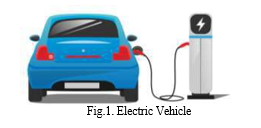
- Low Cost of Maintenance
Many parts in an internal combustion engine-powered vehicle have been eliminated from an all-electric vehicle. Such as manual transmission, fuel tank, fuel pump, radiator, starter motor, etc. Fewer parts mean less maintenance. An electric vehicle also does not require engine oil or filter change, with little to no care for the electric motor and batteries. Batteries of any EVs last for years.
2. Low Operating Cost
Electric vehicles (EVs) have a lower cost per kilometer than traditional fuel-powered vehicles. A small electric car like the Mahindra E2O running costs just 0.45 rupees per kilometer which is cheaper than any trim petrol or diesel car. Numerous countries generate a portion of their electrical power using natural gas, a relatively low-emission source, as well as zero- emission sources like wind, water, solar, and nuclear power. This allows producing electrical power cheaper and reduces the harmful gases from the thermal power plant by reducing the load of generating electric power.
3. Better Driving Experience
An electric car runs on an electronic motor that gives high torque, and the initial pickup is so quick and smooth that a petrol or diesel car can never catch them.[3] With the performance, you also get a comfortable ride in an EV. The all-electric vehicle runs on an electric motor, which gives you a quiet and smooth ride. The EV comes with superb interior IoT Based EV Charging, and Its Energy Consumption Monitoring System is highly equipped with electronics and features. Driving an electric vehicle (EV) can be both enjoyable and calming, as the vehicle's torque provides a seamless power delivery without the need for gear shifting. The EV does not shake or vibrate. There is no engine sound. It provides the feel of sitting in a luxury car. An electric car is better than a petrol or diesel vehicle.
II. PROBLEM STATEMENT
Currently, we are facing issues related to lack of fuel, pollution, so we are moving towards the EV. Still, people are not ready to prefer EVs because of the consumption price and the need for charging stations.
Due to concerns about difficulties in EV charging and the imbalance of the utilization rate, i.e., the price of charging facilities. So, by viewing these issues, we can provide intelligent charging availability.
III. LITERATURE REVIEW
- Technology-Based on Wireless Communication Wireless communication refers to the transmission of data without the use of physical cables or wires. This umbrella term encompasses all the methods and techniques used for establishing and maintaining communication between two or more devices using wireless signals, wireless communication technologies, and wireless devices. [9] The previous work has used several types of technology for wireless battery monitoring systems, such as GSM, ZigBee, GPRS, Android, WIFI, and Bluetooth communication. Global Positioning System (GPS) utilizes satellites to transmit global data that provides a GPS receiver's location and current time. It synchronizes the operation so that these repeating signals are sent simultaneously. The signs, moving at the speed of light, arrive at a GPS receiver at slightly different times because some satellites are further away than others. The Global Positioning System (GPS) determines the distance between a receiver and GPS satellites by estimating the time taken by the satellite's signal to reach the receiver. When the receiver is able to determine the distance to at least four GPS satellites, it can precisely calculate its position in three dimensions. The distance to the GPS satellites can be determined by estimating the time it takes for their signals to reach the receiver. When the receiver estimates the distance to at least four GPS satellites, it can calculate its position in three dimensions. The accuracy of a status determined with GPS depends on the type of receiver. Android is an open-source operating system designed for a range of devices, including smartphones, tablets, and emerging technologies like wearable’s and in-car entertainment systems. The operating system can inform you of a new notification, SMS, Email, or even the latest articles. Unfortunately, it always needs an active or GPRS internet connection in that place so that the device can go online to suit people’s needs. Furthermore, the operating system has many processes in the background, causing the waste of batteries.
- Technology-Based on wireless battery monitoring system Reliable battery management is necessary for safety purposes. Several reasons cause battery breakdowns, such as deterioration of the battery and design defects. A manual battery monitoring system is like a regular one, meaning it does not save the data in the database. But only show the data collected in real-time. Therefore, it is essential to monitor battery systems using wireless technology remotely; it indicates that no automatic monitoring system is available to notify the user regarding the battery’s performance. Therefore, using IoT technology within the monitoring system can help improve preventive maintenance, ensuring battery quality and increasing user safety.[3]
- Optimal Scheduling Mechanism for EV Charging and Discharging with Multi-Price Scales and Comprehensive Demand With the development of the electric vehicle (EV) industry, EVs have also begun to be more integrated into the distribution network and become an essential part of the distribution network. However, the uncertainty of EV user behavior and load brings significant challenges to the stable operation of the distribution network. This paper introduces an optimal scheduling mechanism that addresses the issue of electric vehicle (EV) charging and discharging in the presence of multi-price scales and complex demand patterns. EV’s charging and discharging prices are determined by different time-of-use price strategies based on other regions, and the load uncertainty is reduced by complete request. In addition, this methodology proposes three quantitative metrics to assess the level of satisfaction with electricity costs, network loss, and load peak-valley differences. The effectiveness of the proposed method is evaluated through simulation results based on an IEEE 33-node system, demonstrating its capability in optimizing the EV charging and discharging process.
IV. METHODOLOGY
- The problem statement states that we are developing an IOT- based electric vehicle charging and energy consumption monitoring system.
- Planning to develop a system by which users can monitor electricity consumption and pay accordingly.
- The smartphone can control or monitor it using IOT devices.
- It is an IOT-based system that shares information with the EV user regarding EV Charging monitoring. In which users can access data on energy consumption and its charges.
- We will need the following components for the IOT based Energy Consumption Monitoring System Project.
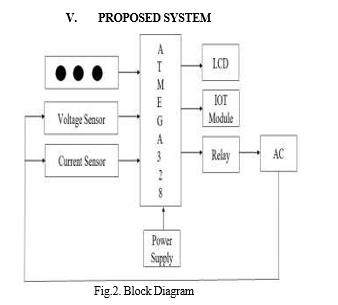
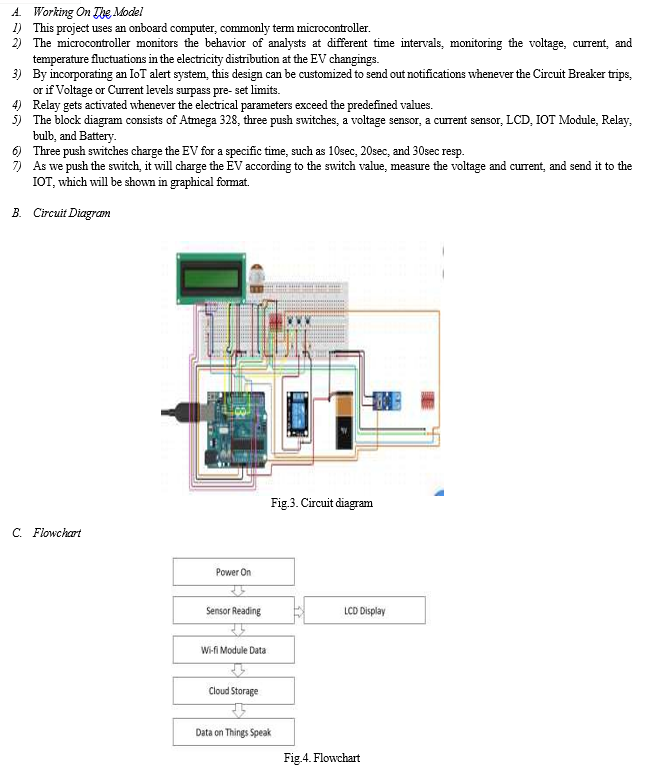
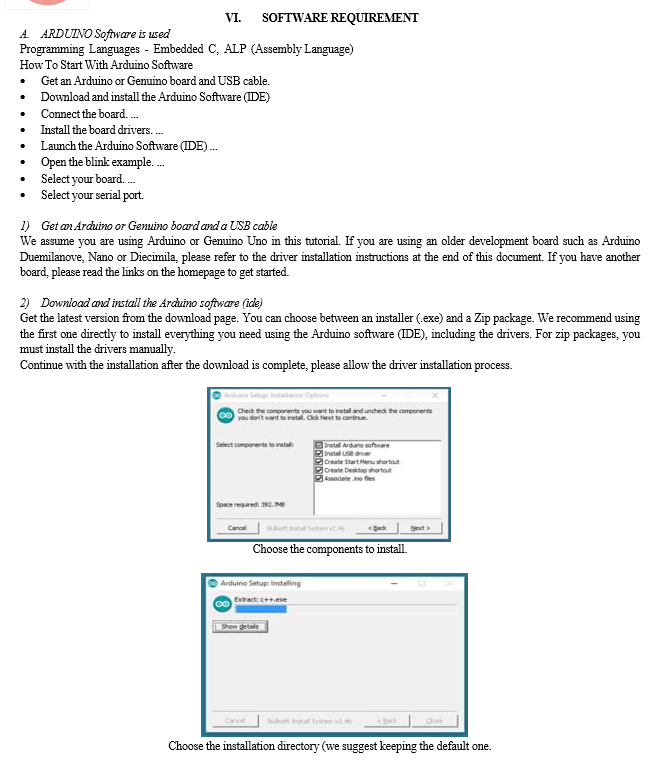
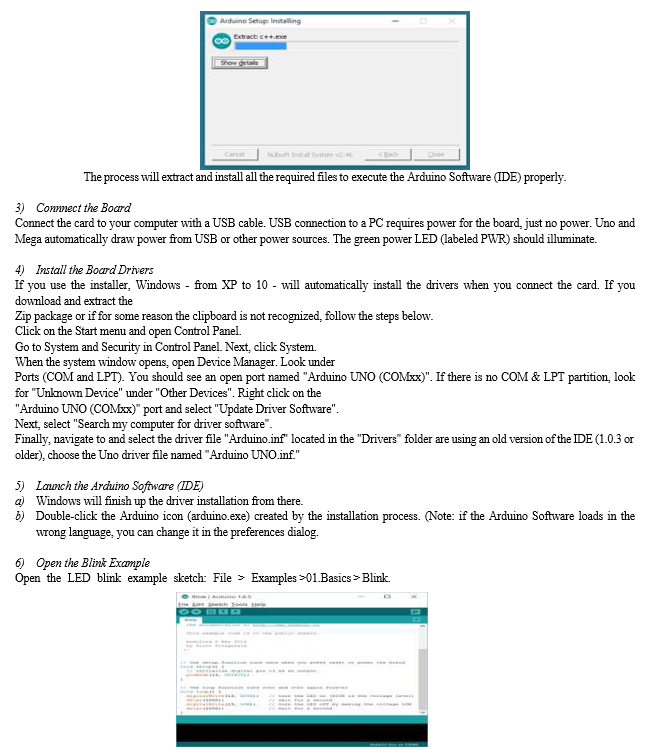
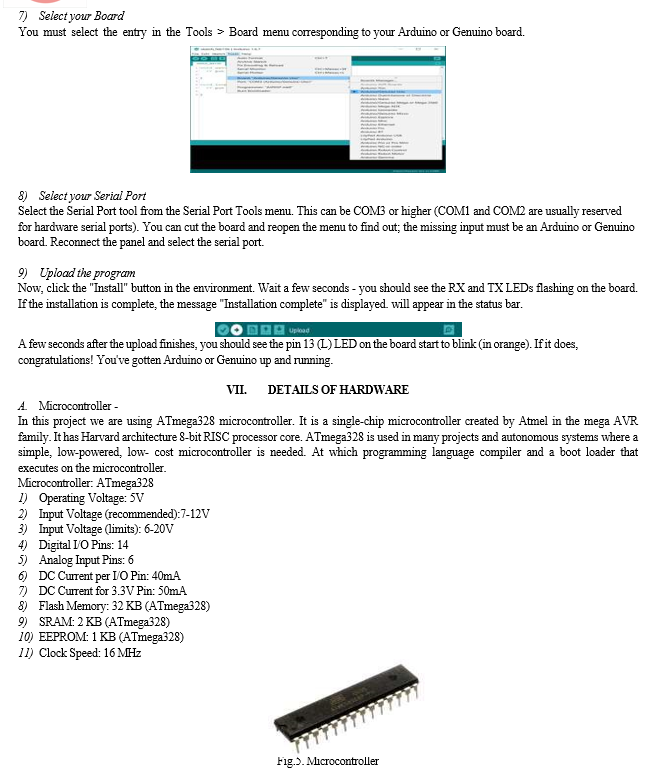
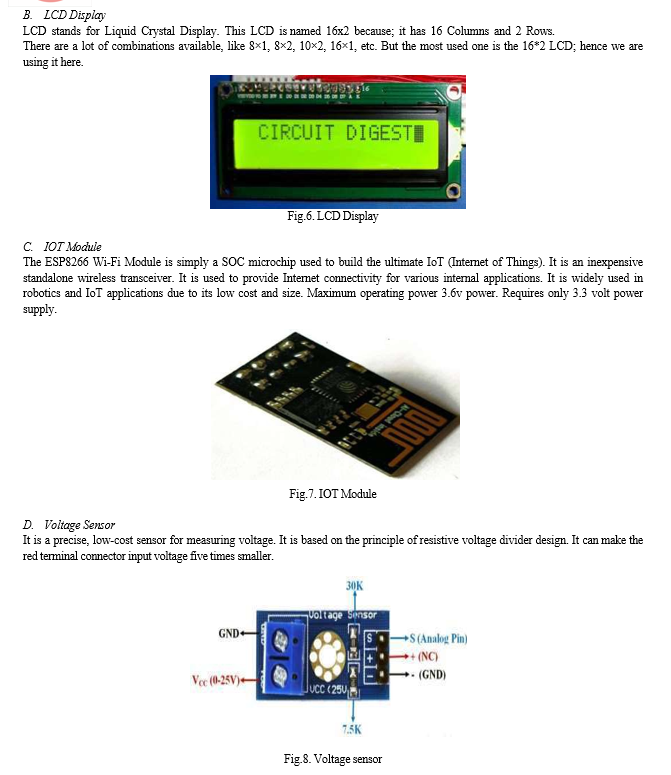
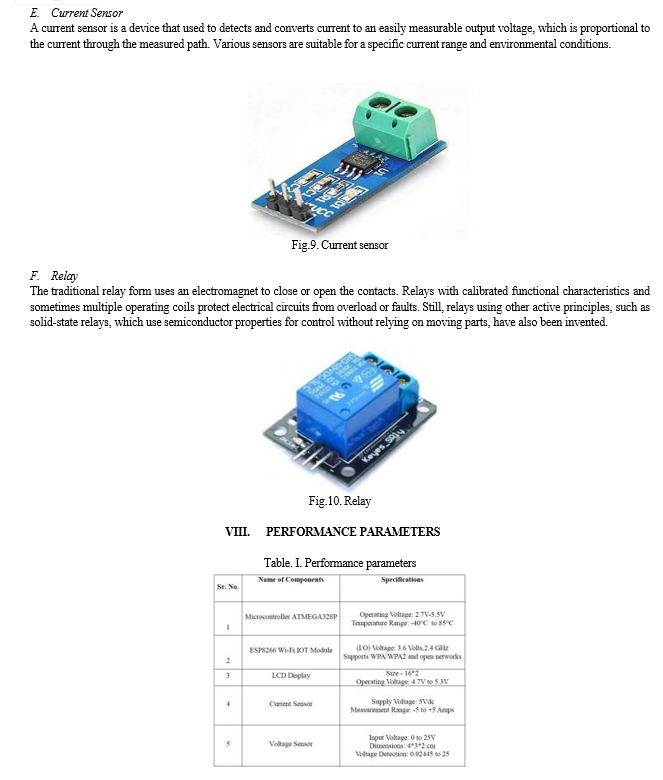
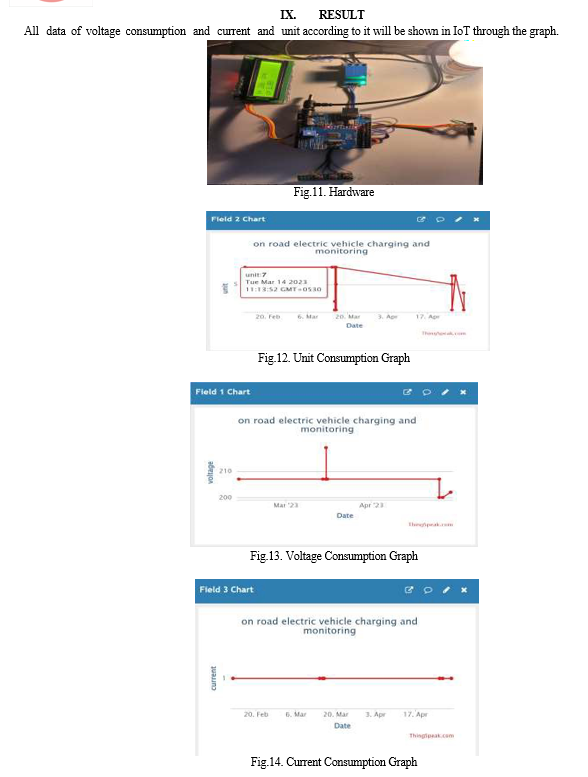
Conclusion
1) Developing the Charging system for batteries project comprised various disciplines like electrical, electronics, and mechanical engineering technologies. This project attempted to provide a framework for the battery charging station. 2) Integrating features of all the hardware components have been developed. Every module has been reasoned out and it is placed carefully, thus contributing to the best working of the unit. 3) This project attempted to provide a framework for the EV charging station. The proposed EV charging and energy consumption monitoring system will be one of the initiatives taken to achieve a green campus.
References
[1] S. Yonghua, Y. Yuexi, H. Zechun, “Present Status and Development Trend of Batteries for Electric Vehicles,” Power System Technology, Vol. 35, No. 4, pp. 1-7, 2011. [2] L. Xiaokang, Z. Qionghua, H. Kui, S. Yuehong, “Battery management system for electric vehicles,” J. Huazhong Univ. Of Sci. & Tech. (Nature Science Edition). Vol. 35, No. 8, pp. 83-86, 2007. [3] C. Piao, Q. Liu, Z. Huang, C. Cho, and X. Shu, “VRLA Battery Management System Based on LIN Bus for Electric Vehicle,” Advanced Technology in Teaching, AISC163, pp. 753-763, 2011. [4] J. Chatzakis, K. Kalaitzakis, N. C. Voulgaris, and S. N. Manias, \"Designing a new generalized battery management system,” IEEE Trans. Ind. Electron. Vol. 50, No. 5, pp. 990 -999, 2003. [5] D. S. Suresh, Sekar R, Mohamed Shafiulla S., “Battery Monitoring System Based on PLC,” International Journal of Science and Research, vol. 3 issue 6. pp. 128-133, 2012. [6] A. Sardar, H. Naseer, E. Qazi, and W. Ali “Smart Grids Wide Area Monitoring System for UPS Batteries Over GSM” 2nd International Multidisciplinary Conference for Better Pakistan Vol.1, pp. 159-158, May 2012, 2015. [7] C. Hommalai and S. Khomfoi “Battery Monitoring System by Detecting Dead Battery Cells,” International Journal of Science and Research, Vol.1, pp. 5-15, 2011. [8] A. S. Dhotre, S. S. Gavasane, A. R. Patil, and T. Nadu, “Automatic Battery Charging Using Battery Health Detection” International Journal of Engineering & Technology. Innovative Science vol. 1, no. 5, pp. 486–490, 2014. [9] S. A. Mathew, R. Prakash, and P. C. John “A smart wireless battery monitoring system for electric vehicles,” Int. Conf. Intel. Syst. Des. Appl. ISDA, pp. 189–193, 2012. [10] S. Bacquet, M. Maman, \"Radio frequency communications for smart cells in the battery pack for an electric vehicle,” Electric Vehicle Conference (IEVC) 2014 IEEE International, pp. 1-4, 2014.
Copyright
Copyright © 2023 Ms. Swati Chorage , Mr. Jayesh Satpute , Mr. Sumit Dhonde, Ms. Trupti Padvi, Prof. Anshu Sharma. This is an open access article distributed under the Creative Commons Attribution License, which permits unrestricted use, distribution, and reproduction in any medium, provided the original work is properly cited.

Download Paper
Paper Id : IJRASET54334
Publish Date : 2023-06-22
ISSN : 2321-9653
Publisher Name : IJRASET
DOI Link : Click Here
 Submit Paper Online
Submit Paper Online

